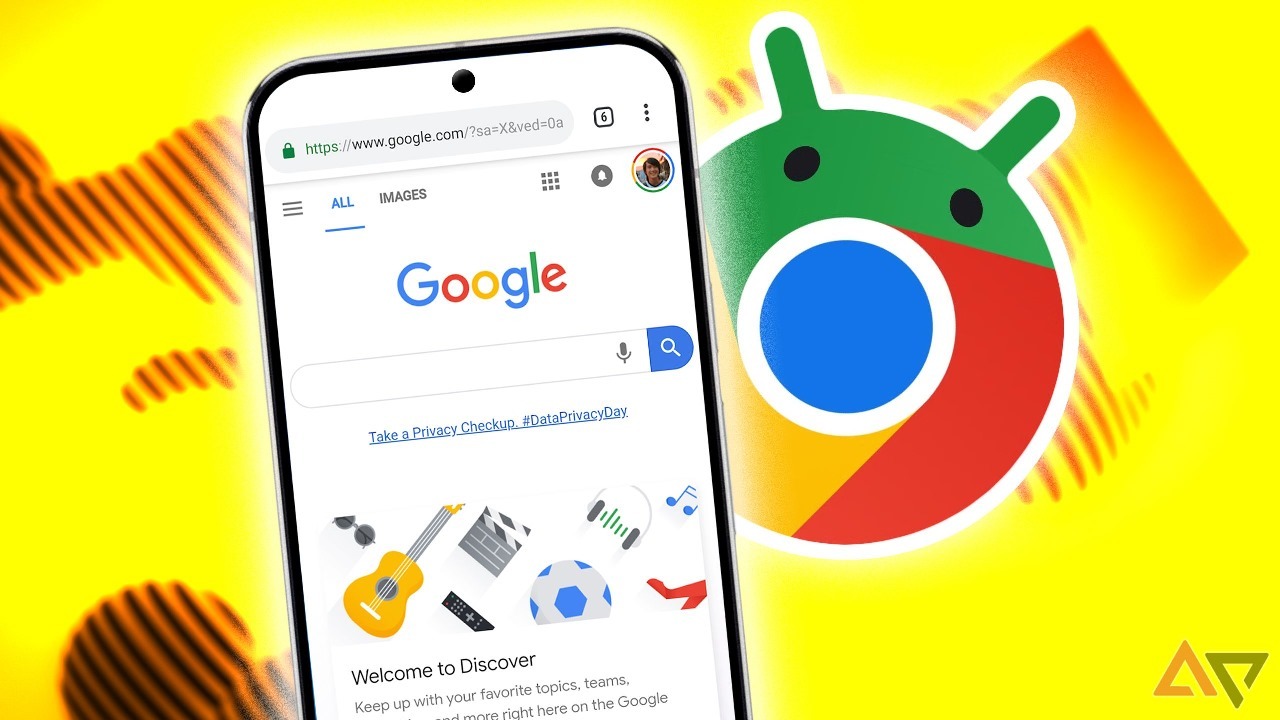It was reported in November that Google was amid a “multi-year project to fully transition ChromeOS into Android,” and last week, Google’s Sameer Samat came out and said as much: the company is “combining ChromeOS and Android into a single platform.”
The detail came out in an interview with TechRadar rather than a formal announcement but seeing as how Samat oversees the Android ecosystem, it’s about as official as you can get. Here’s what a unified Android and ChromeOS could mean for users.
Android and ChromeOS are already flexible; Android powers phones and tablets of all sizes, including foldables that support multiple screen sizes at once. ChromeOS, meanwhile, runs on standard laptops, convertible laptop/tablets, and even some desktop computer models.
Depending on how the merger shakes out, with Android and ChromeOS rolled up into a single operating system, the devices running that OS would be more flexible still. Pair a tablet with a keyboard case and you’ve got a full-featured laptop; plug your phone into an external display and it becomes a pocket PC.
Samsung die-hards will be used to experiences like this, with the company’s DeX Mode offering a desktop experience on tablets and certain phones. Android 16 QPR1 also enables an early version of a DeX-style desktop mode on Pixel phones.
As of October, Google was testing a version of Chrome for Android that supports browser extensions, a major improvement that’ll be key to this unified Android/Chrome operating system.
At the time, it seemed like this version was explicitly not meant for mobile devices. Still, I’m holding out hope phones will have access to extensions eventually, at least when connected to external displays.
In the interview where Sameer Samat confirmed that Android and ChromeOS would eventually be one operating system, the Android chief asked TechRadar editor-at-large Lance Ulanoff about his experience with Apple’s hardware ecosystem.
“I asked because we’re going to be combining ChromeOS and Android into a single platform,” Samat said, “and I am very interested in how people are using their laptops these days and what they’re getting done.”
One of Apple’s biggest strengths is how neatly their phones, watches, tablets, and computers all fit together. You can, for example, remotely control your iPhone from your MacBook, or use an iPad as a wireless secondary display for your Mac Mini. AirPods can shift their connection between different Apple devices on the fly without having to rely on the fiddly Bluetooth multipoint.


